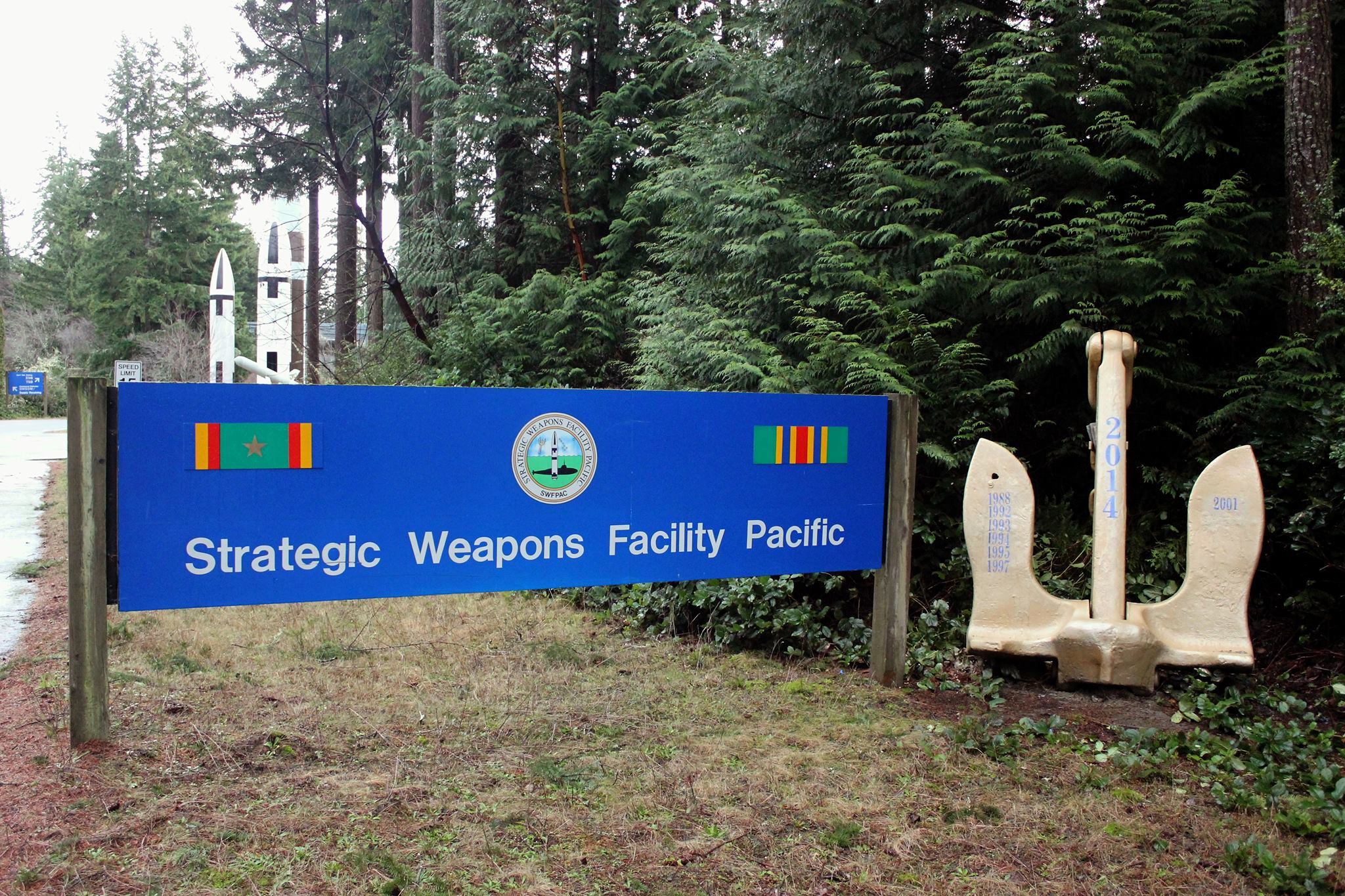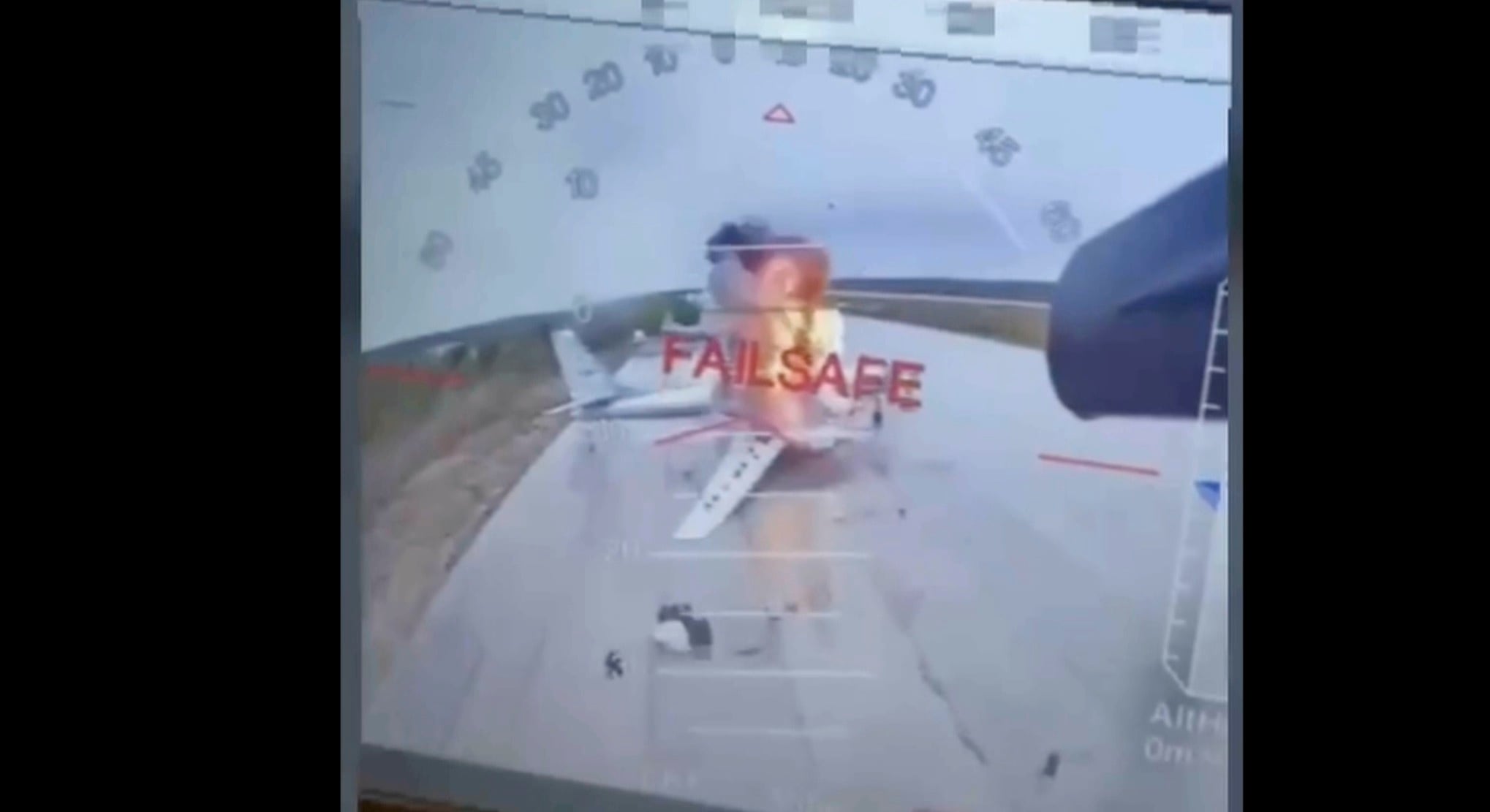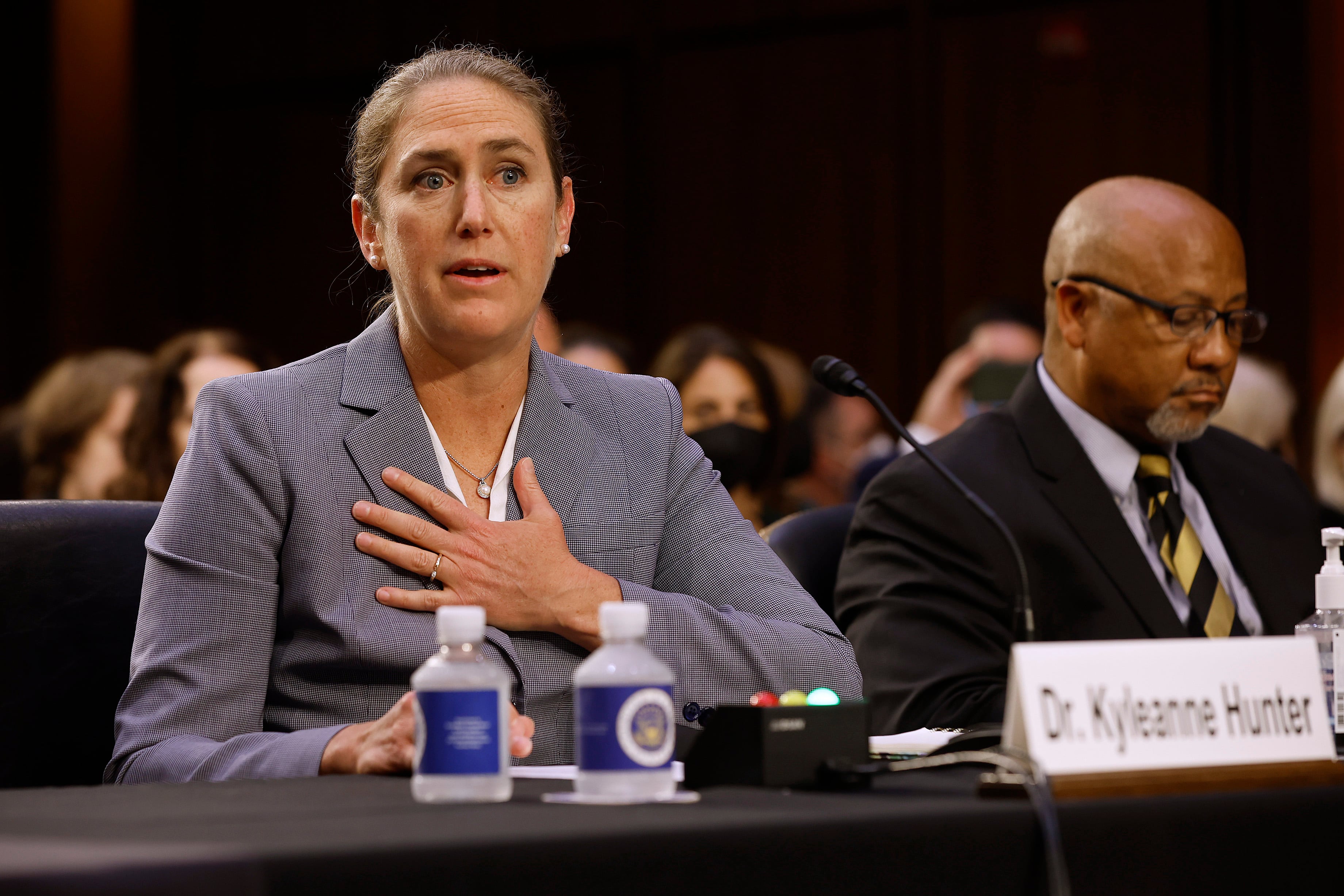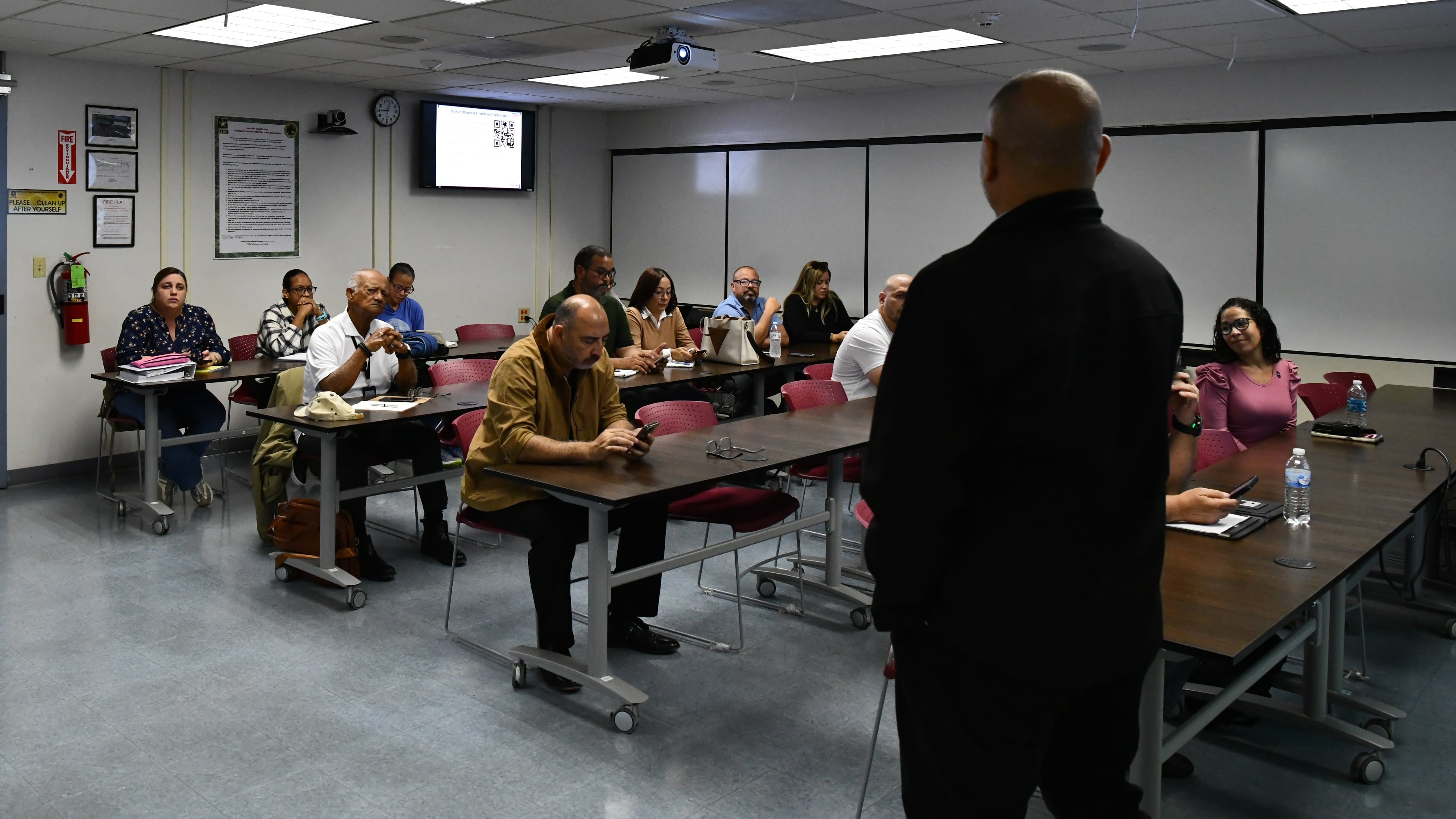The sinking of a harbor security boat on the perimeter of Naval Base Kitsap-Bangor, Washington, in January, which injured three junior sailors onboard, took place within a command that featured “a hands off approach and a lack of senior oversight in critical areas,” according to an investigation into the mishap obtained by Navy Times.
Three master-at-arms third class were onboard the boat on the evening of Jan. 19 when it struck a concrete security buoy along the water security perimeter of the base, which is home to several ballistic missile submarines.
The boat belonged to the Navy’s Strategic Weapons Facility Pacific and the involved sailors were assigned to that command but were detailed to Marine Corps Security Force Battalion Bangor, a unit stationed there to guard the boomers and the focus of the investigation.
While the names of the three sailors onboard the boat don’t appear in the heavily redacted copy of the released report, at least one of them suffered a broken rib in the sinking, and the total cost of damages and salvaging the boat came to nearly $1.3 million.
Investigators found that “leadership and junior personnel” in the Marine Corps security battalion could not articulate basic guidance for this kind of work, and they criticized the command for creating requirements “that are in line with higher policies but have not been followed or verified as effective by their owners.”
RELATED

“Creating requirements without effective follow-through creates the illusion of procedural compliance, giving false comfort that leadership and supervisor understand duties and responsibilities,” the investigation states.
One involved sailor reported that he had seen his chief “maybe five times in two years.”
“Regardless of which recommendations are ultimately adopted, the (Marine Corps Security Force Battalion Bangor) must align, streamline and simplify all associated directives, policies and programs,” the investigation states. “Responsibility and authority must be clearly codified and appropriate training and procedures established to prevent a similar outcome.”
Two of the three involved sailors received nonjudicial punishment, while two other sailors in the command “received other disciplinary actions,” according to Strategic Weapons Facility Pacific spokeswoman Brandie Klaahsen.
Klaahsen did not answer emailed questions about what specific reforms have been implemented within the command following the sinking.
“Following the investigation, a thorough evaluation was conducted, and appropriate corrective actions and disciplinary measures were taken,” she said in a statement. “A safety stand down was directed that emphasized professional knowledge, safety, risk mitigation and communication.”
The boat crashed into the concrete buoy at 7:19 p.m. that night, and “a thorough review” of the three sailors’ training qualifications showed they were invalid due to improper screenings and “final qualification approval below the authorized level,” the report states.
One sailor recalled that while they were out on the perimeter sweep, he told the coxswain driving the boat to slow down before they crashed into the concrete buoy.
“I said something to the Coxswain about speed and hazard three times,” the sailor recalled. “There was no reaction as we hit the buoy. I yelled at the Coxswain to make the MAYDAY call.”
RELATED
That sailor said the entire starboard side of the boat quickly went underwater and he had to do a combat side swim because of an arm injury.
That sailor noted he had had six chiefs since arriving at the command in 2020 and that those onboard did everything in their power to avoid the incident.
“We have some Coxswains that are very aggressive drivers,” the sailor told investigators. “Port Operations will routinely call to the boats for excessive speed and doing tricks.”
Another sailor onboard estimated they were going 20 knots but were only supposed to go 10 knots in restricted visibility.
“It was foggy, or either it was foggy because there was a lot of residue on the window which we had to keep wiping off,” that second sailor said. “We were going faster than we were supposed to.”
That sailor said all they remember is waking up on the pier.
“I have no memory of being pulled out of the water but remember my clothes being wet,” the sailor said.
The boat’s driver that night recalled having to wipe the windows as they kept fogging up, and that the boat drifted closer to the security barrier.
“By the time I saw the buoy, it was too late,” the sailor recalled, adding that he did not assign the crew to be lookouts or watch the radar.
That sailor said he couldn’t sleep for three days after the crash due to his injuries.
“I have not been told of guidance regarding speed at night,” he said. “I was trained by aggressive drivers.”
As the crew abandoned ship, they were not wearing “mustang” suits for the cold water, but their flotation devices were on.
He added that he had done hundreds of similar sweeps and that the concrete buoy’s sway depends on the weather.
The investigator wrote that, while the crew complained of intermittent fog and low visibility, “multiple senior personnel and rescue crew” said there was no inclement weather that night.
“The statements of the three boat crews may have been an attempt to corroborate stories to lessen or affect the outcome of the investigation,” the report states.
Among the investigation’s recommendations is one that crews be made aware of weather and water temperature reports so they can bring along required safety equipment.
Correction: an earlier version of this report misstated the number of sailors who received non-judicial punishment. Two sailors were NJP’d.
Geoff is the managing editor of Military Times, but he still loves writing stories. He covered Iraq and Afghanistan extensively and was a reporter at the Chicago Tribune. He welcomes any and all kinds of tips at geoffz@militarytimes.com.




